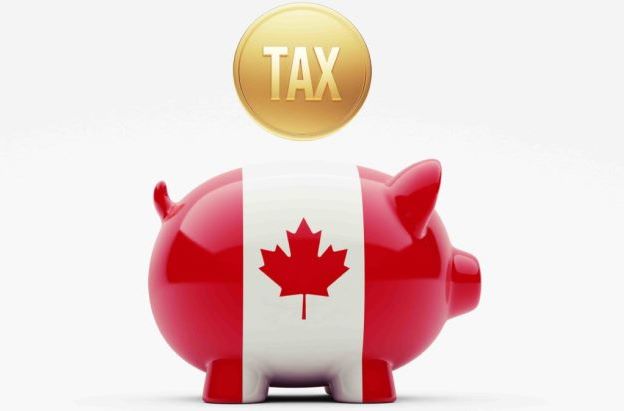The federal government introduced enhancements to the Canada Pension Plan (CPP) on January 1st, in a long-term effort to sustain the forced saving system for future retirees.
The changes, to be introduced in two phases, will mean increased contributions from employers, employees, and the self-employed.
In the first phase, from 2019-2024, the annual contribution rate on earnings above $3,500 to the yearly maximum of pensionable earnings (referred to as YMPE) will increase from 4.95% to 5.95% for employers and employees. The YMPE was $58,900 in 2018 and is estimated to be $69,700 by 2024.
This first phase will be relatively painless.
For employees, contributions at the basic rate of 4.95% will continue to result in a non-refundable tax credit on their personal tax return, as in past years. The additional 1% contribution rate will be allowed as a deduction from net income for tax purposes.
For the self-employed, payment of both employee and employer portions will mean a gradual increase in their contribution rate from 9.90% to 11.90%. The first 4.95% will continue to result in a non-refundable tax credit on their personal tax return. The balance will be allowed as a deduction from net business income for tax purposes.
During phase two (2024 to 2025), the government will introduce an additional contribution limit in excess of the YMPE limit. By 2025, the additional limit is estimated to apply to earnings between $69,700 and $79,458. The contribution rate on this higher limit will be 4% for employees and 8% for the self-employed.
Contributions by both employees and the self-employed on the additional earnings limit will be deductible for tax purposes. For employers, the full portion of basic and enhanced CPP contributions on behalf of their employees will continue to be deductible from business income.
The federal government has made these changes to cope with an increase in the number of people who will be retiring without savings or post-retirement income.
Canada currently has a senior population (over 65) of about 4.8 million people. In the next 25 years, it is estimated that number will double to almost nine million, representing one-quarter of our population.
According to federal government statistics, one in four families currently approaching retirement is at risk of not saving enough to maintain their standard of living in retirement.
An estimated one-third of Canadians without workplace pensions are especially at risk.
Those already retired, and those close to retirement, will not be affected by the CPP changes. Young Canadians, entering the workforce this year and contributing for 40 years, will see the largest increase in benefits.
Employers will face an additional after-tax payroll burden as a result of this change. For payrolls processed internally, a review of these systems is advisable to ensure that payroll calculations for 2019 onwards correctly include these CPP changes.
If you would like clarity on how these changes affect you or your business, please contact a member of the GGFL LLP management team today.







